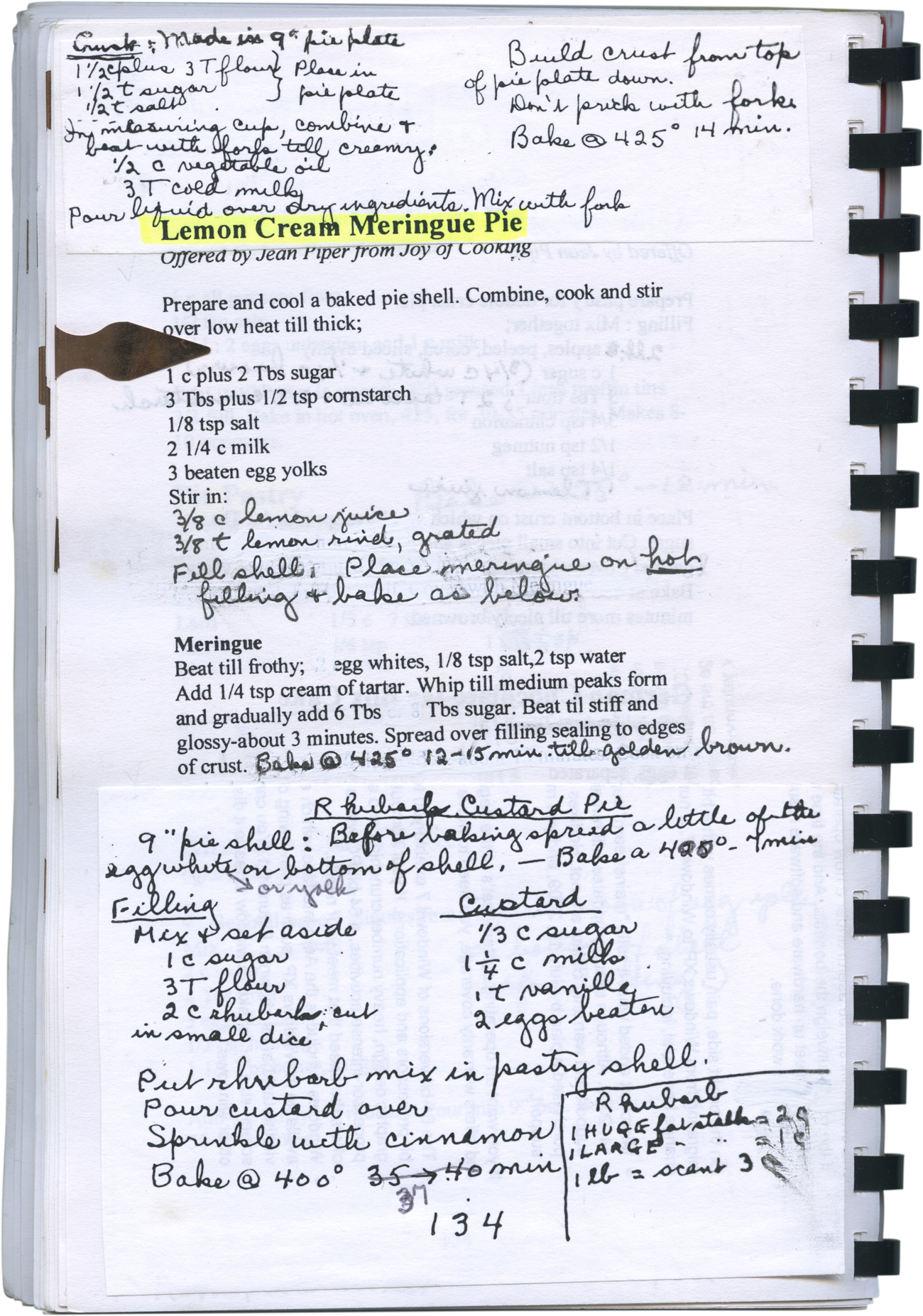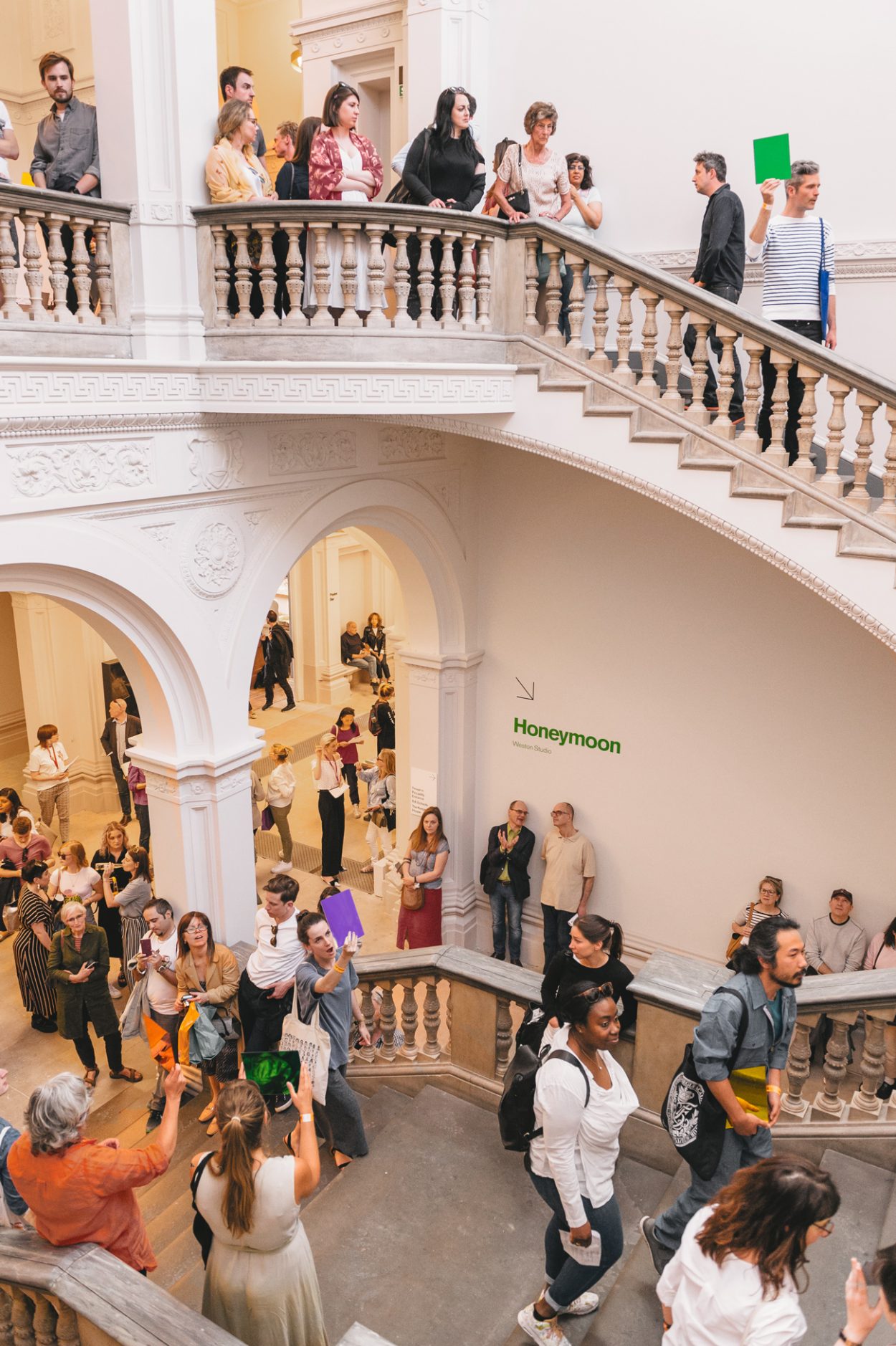Published
A page of pies

Published

Published
Yesterday was a Good Day ⚡️ Made a jumbled playlist with summer, optimism, a dash of rebellion, a little relaxation, and being ok with not being ok. Tracks as of 28.05.18:
EDIT 28.05.2018 at 14:37:
After making this playlist, SB suggested “The Morning of Our Lives” by Jonathan Richman & The Modern Lovers which does indeed fit the brief perfectly. Searched for the song on Spotify and came across this playlist, which IMO is superior! And it’s longer, so 👍
Published
Just published a privacy policy. The styles don’t really support multi-level headings right now, that will have to come later.
It’s probably overkill to have such a long privacy policy for a personal website, but it felt like a useful exercise. I like the fact that an essential part of GDPR is that these policies have to be readable and easy to understand. That makes them both a policy and an educational opportunity. A lot of people don’t really know why they need to be careful with their data or how to do that and honestly, that’s fair enough. Data privacy has been under-appreciated for a long time. If we talk about it enough though, and be patient with one another, that can improve.
There are downsides to the GDPR hullabaloo though… so many people are applying quick, artificial fixes. Pop-ups, spammy-looking emails saying “please re-register!” that themselves feel like spam… It all feels a little web 1.0 at the moment. There’s a real fine line between being considerate and useful vs being shouty and in the way of day-to-day life on the web. There’s no quick fix really, it takes time and care to look long and hard at this stuff.
Published
Edit 8 June 2021: So when I originally wrote this about three years ago, I was using an *extremely* crappy food processor. I now have a sort of Nutribullet knockoff and it grinds the ingredients to a superb consistency without the extra faff of doing things little-by-little. Both methods are presented below, depending on your device.
I finally cracked it. The madness is in the method. To make good hummus using one 14.5oz/400g can of chickpeas, see instructions below depending on your device.
Related, the Super Kim can opener by Nogent is the only can opener that should exist.
If you’ve got a food processor or blender that really obliterates everything in its path, you can get away with putting it all in at once. You want to be conservative with the garlic in this case because you aren’t giving the garlic any time to mellow out in the lemon juice.
Use the softest salted chickpeas that you can find. Goya canned chickpeas are a good call if you can find them. If you go with a no-salt can, your hummus will probably taste a bit lackluster.
***
In a blender, combine 1 can of chickpeas, 3 tbsp fresh lemon juice, ½ clove of garlic, 4 tbsp tahini, 5 tbsp water, ½ tsp sea salt, and a good pinch of ground cumin (optional).
Blend it all together until very smooth, at least 40 seconds at a pretty high power. Scrape down the sides and blend again if some of the ingredients get stuck. Taste the mixture and add more salt, water, or lemon juice if the taste or consistency isn’t quite as you like.
To serve, drizzle with good quality olive oil and optionally garnish with smoked paprika, za’tar, chopped coriander, toasted cumin seeds, kawarma, extra chickpeas, etc.
If your food processor is not so great, like the tiny food processor attachment that came with my old stick blender, you need to break down the steps a bit.
The issue is that the tahini can be a bit “mealy” when it doesn’t get fully emulsified or gets stuck under the blades, and the final texture can be a bit gritty if the chickpeas aren’t soft enough. Some people recommend peeling (!) the chickpeas and while I imagine this helps, it’s not something I’m ever going to realistically do.
***
Put 4 tbsp lemon juice and 1 clove of garlic in a food processor and blend until the garlic is finely chopped. Let the lemon and garlic sit together in the food processor for a bit during the next step so that the garlic flavor chills out.*
Next, check the firmness of your chickpeas. Some tinned chickpeas are quite soft, most are very firm. (In the UK, I seem to remember that Tesco’s own brand is weirdly good?! In the US, Goya brand works great.) Open and rinse 1 can of chickpeas, then pop one in your mouth. Try to squish it between your tongue and the roof of your mouth. If it doesn’t give super easily, then you’ll want to soften them a bit to get a better final texture.
If you do need to soften your canned chickpeas, dump them in to a pot with enough water to cover and ½ scant tsp baking soda. Bring to a boil and then simmer until they get pretty soft and the skins are separating from the legumes, about 20 minutes. When ready, drain them and allow them to cool. If you want to use them immediately, carefully rinse them in cold water.
Now, you’ll add the fats gradually along with a little water. The goal is to emulsify the fat in to the liquid without causing it to separate. Put 4 tbsp tahini in the food processor with the lemon / garlic mixture and blend just until you get a smooth paste. Next add 4 tbsp cold water and blend until very smooth. With the addition of the water, it will get more pale and fluff up a little.
Add your chickpeas, a good pinch of ground cumin, and about ½ tsp sea salt to the food processor and blend until smooth. Taste it and add more salt or lemon juice as necessary. Add a bit of cold water if you like it more fluffy.
To serve, see serving notes in the alternate method above.
* Allicin is responsible for that intense sulfur flavor in raw garlic. Allicin is one of the things that gives garlic its health qualities, but it can also put too much of an edge on some dishes. Mincing or blending raw garlic directly in to lemon cuts denatures allinase, one of the compounds in garlic that creates allicin. Read more about this on The Garlic Farm blog.
Edit 1 09 2020: Increased tahini amount and added baking soda technique inspired by a recipe by Ottolenghi and Tamimi and a Cookie & Kate recipe.
Published
The progression of an idea has a grain. Sometimes it’s obvious, sometimes less so. I can’t fully articulate what I mean by this, but it feels important. Possibly related to a shift in perception, approaching intangibles as materials that can be physically manipulated.
Published

Musarc performed Rainbows + Beata viscera iridis on the Burlington Gardens staircase at the Royal Academy on Saturday 19 May 2018 as part of the RA’s 250 birthday celebrations.
Rainbows is devised by artist Sarah Kate Wilson, and Beata viscera iridis is a simple arrangement of a medieval conductus by myself and architect Toby O’Connor. This is, I believe, the third staging of these pieces together.
A few of the performances at the RA had a lower key than usual. An interesting register to work with, the energy is very different. The clip here includes the introduction and the beginning of the conductus.
Photo by Justine Trickett. Recording courtesy Sam Belinfante.
Published
Over the weekend I had some good conversations with new friends about social media, how they use it, how they’re considering changing/continuing certain habits moving forward, etc. Off the back of that I’m (hopefully) going to progress a little further with syndicating these notes to selected channels. Probably just Twitter, really.
While looking in to that, I came across the phrase “manual until it hurts”. Hits the nail on the head.
Somewhat related: we just tore down our SB-PH site and replaced it with a holding page. I feel lighter already.
Published
Published
Takeaways from a particularly good evening in the pub last night:
And a salad recipe from a great cab driver:
In a large bowl, combine some diced cucumber, diced celery, and halved cherry tomatoes. Add finely chopped wet garlic or green onions (scallions). Toss with olive oil and lemon juice and season to taste. Optional additions include olives, mint, boiled Jersey potatoes, rocket (arugula), or feta. Use apple cider vinegar if you don’t have lemon juice.
Published
Reduce, reuse, recycle ♻️ Can this apply to digital material? What would that mean or look like?
When I say “digital material” I don’t mean visual waste like excessive banner ads and endless newsletter popups, but actual bytes of data. Is there an alternative to emptying the trash and/or permanent storage? Device storage – the management of it, its functionality – is effectively invisible until you have a sudden problem with it. The dreaded “low disk space” warning.
This feels somewhat analogous to our IRL trash problem, but an obvious difference is that emptying IRL trash ≠ emptying digital trash. When you empty the trash at home, it becomes someone else’s problem. When you empty your digital trash, it disappears (mostly). Also, it’s worth acknowledging: right now our physical trash problem > our digital trash problem.
If we focus on the digital side of things for the moment though, the biggest issue is that people don’t empty their trash. It’s a lot easier to dump a bunch of old files on to a hard drive and call it a day than to actually go through and get rid of unnecessary stuff. This is hoarding.
Consider this condensed intro to the compulsive hoarding entry on Wikipedia as of today:
Compulsive hoarding […] is a pattern of behavior that is characterized by excessive acquisition and an inability or unwillingness to discard large quantities of objects that […] cause significant distress or impairment. Compulsive hoarding behavior has been associated with health risks, impaired functioning, economic burden, and adverse effects on friends and family members. […] Compulsive hoarders may be aware of their irrational behavior, but the emotional attachment to the hoarded objects far exceeds the motive to discard the items.
I would guess that most of us (without a doubt including myself) are digital hoarders. For me, at least, it’s driven by mild fear, a “but I might need that” mentality. It’s the same reason I frequently leave multiple browser windows with multiple tabs open. So many major services – Gmail, iCloud, AWS, Dropbox – are built to encourage this behaviour. Some services even actively discourage deletion, or make it impossible. I’m looking at you, Facebook.
But stuff, both physical and digital, has to be cared for. I pay more and more for services that store my data, I worry about hard drives failing, I get secondhand anxiety when I borrow a loved-one’s phone for a moment and notice that they have 160,000+ unread emails. On top of this, the amount of electrical energy used for data storage is significant and is only expected to increase.
So if you apply the three Rs to our digital lives, “Reduce” is still right up there on the priority list. “Reuse” and “recycle” are a little harder to port over… Perhaps we could say that by contributing to open source technology and data, you are reusing and recycling digital material. I need to do more of this.
And to think, I haven’t even touched on the importance of recycling electronic devices! A separate note, maybe.